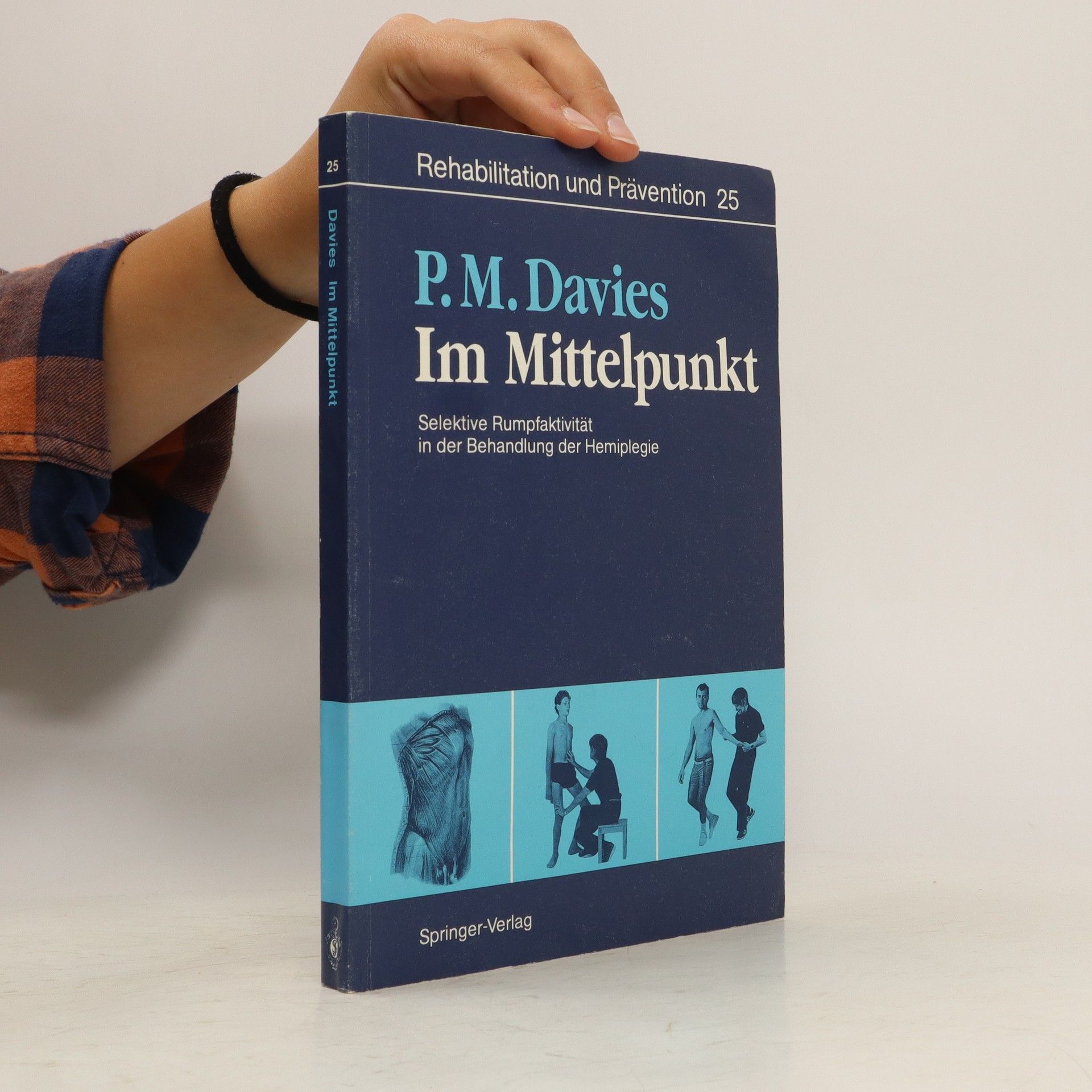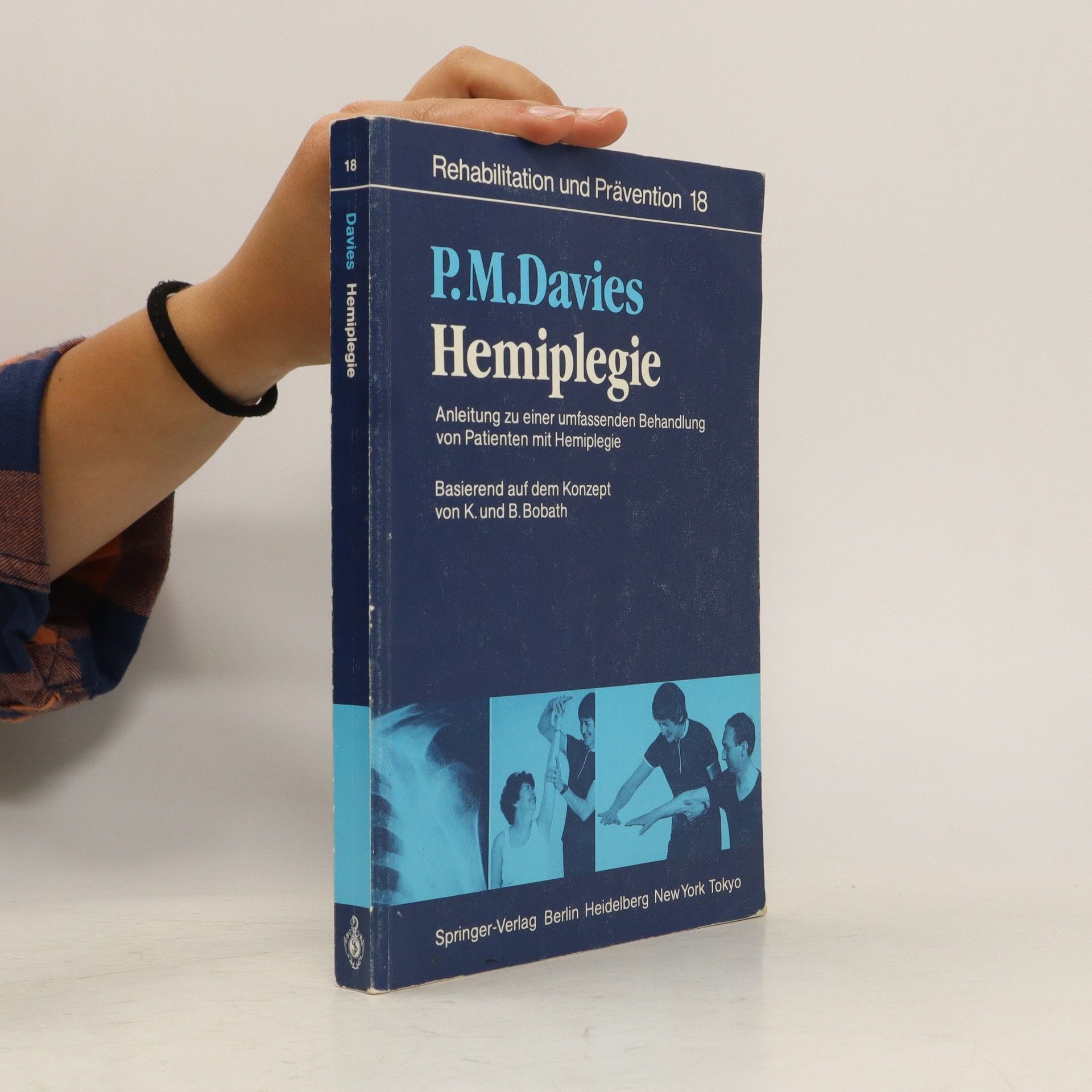Starting Again
Early Rehabilitation After Traumatic Brain Injury or Other Severe Brain Lesion
- 442pages
- 16 heures de lecture
What does "Starting Again" mean to the many different people this book reaches out to? This positive title may draw the reader to enquire why an immensely experienced physiotherapist is considering starting again. Perhaps it challenges patients to rethink their own limitations, or therapists to reconsider their own management strategies. Does it refer to a change in life for head-injured patients and their carers, or does it hint at a fresh approach to old problems? Since "Steps to Follow" and "Right in the Middle", Pat Davies has not been idle. She has remained aware of what may be new and worthwile in therapy around the world, incorporated it into her own vast experience and taken ideas, concepts and techniques back to her patients to test their clinical validity. This is, therefore, not a pedestrian text but one brimming with new ideas for immediate use. That in itself should be a message of hope for all involved in the consequences of head injury. The future will always hold new and better management strategies, the understanding of the nature and consequences of head injury will improve, and thus there should never be limits placed on what patients can achieve. Reduced to its simplicity and presented in modem day thinking, the nervous system is a neural network. It requires input for output, yet it possesses a delicate, powerful, inherent feedback system so it can drive itself optimally, test itself out, learn and adapt.



